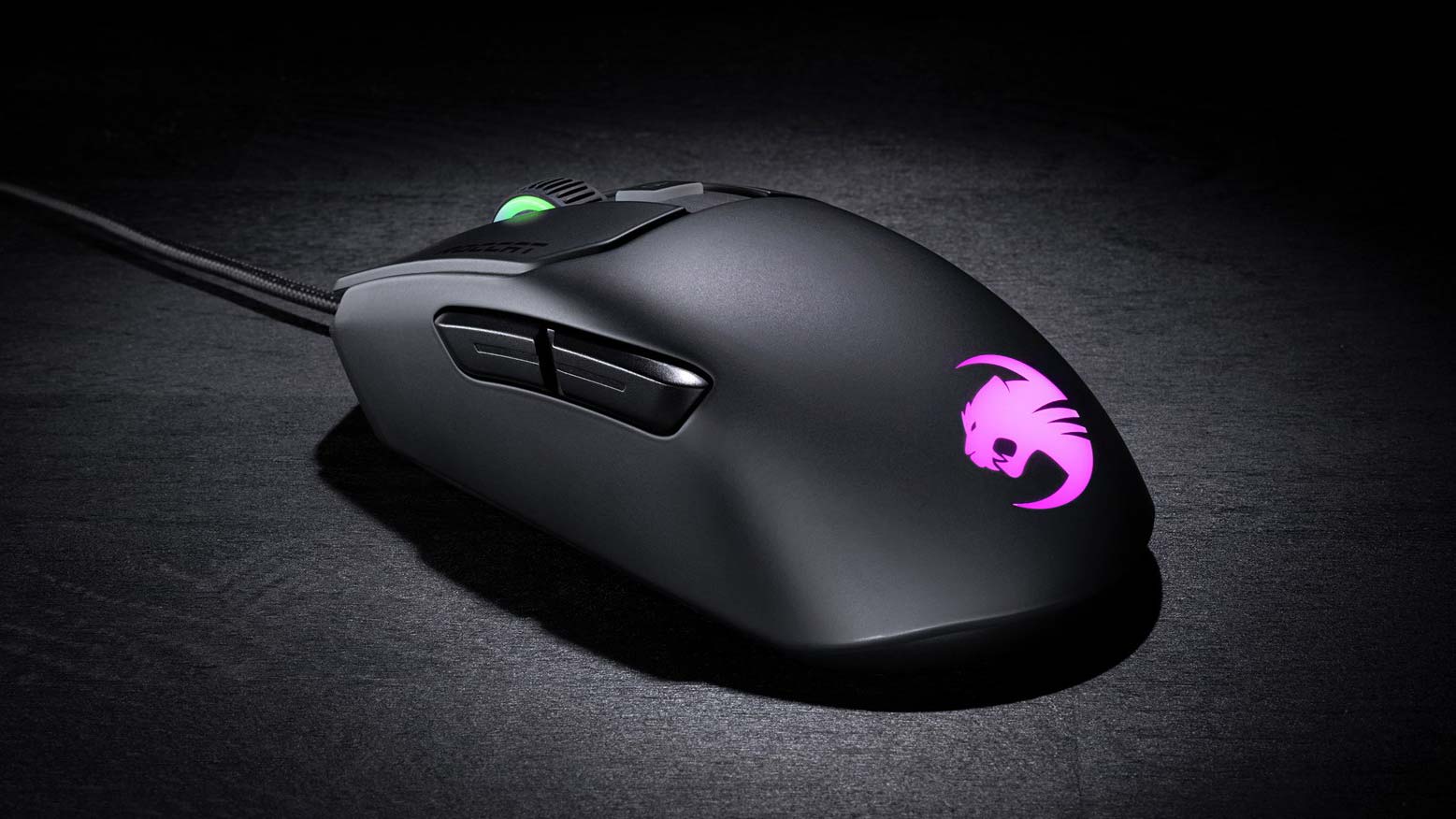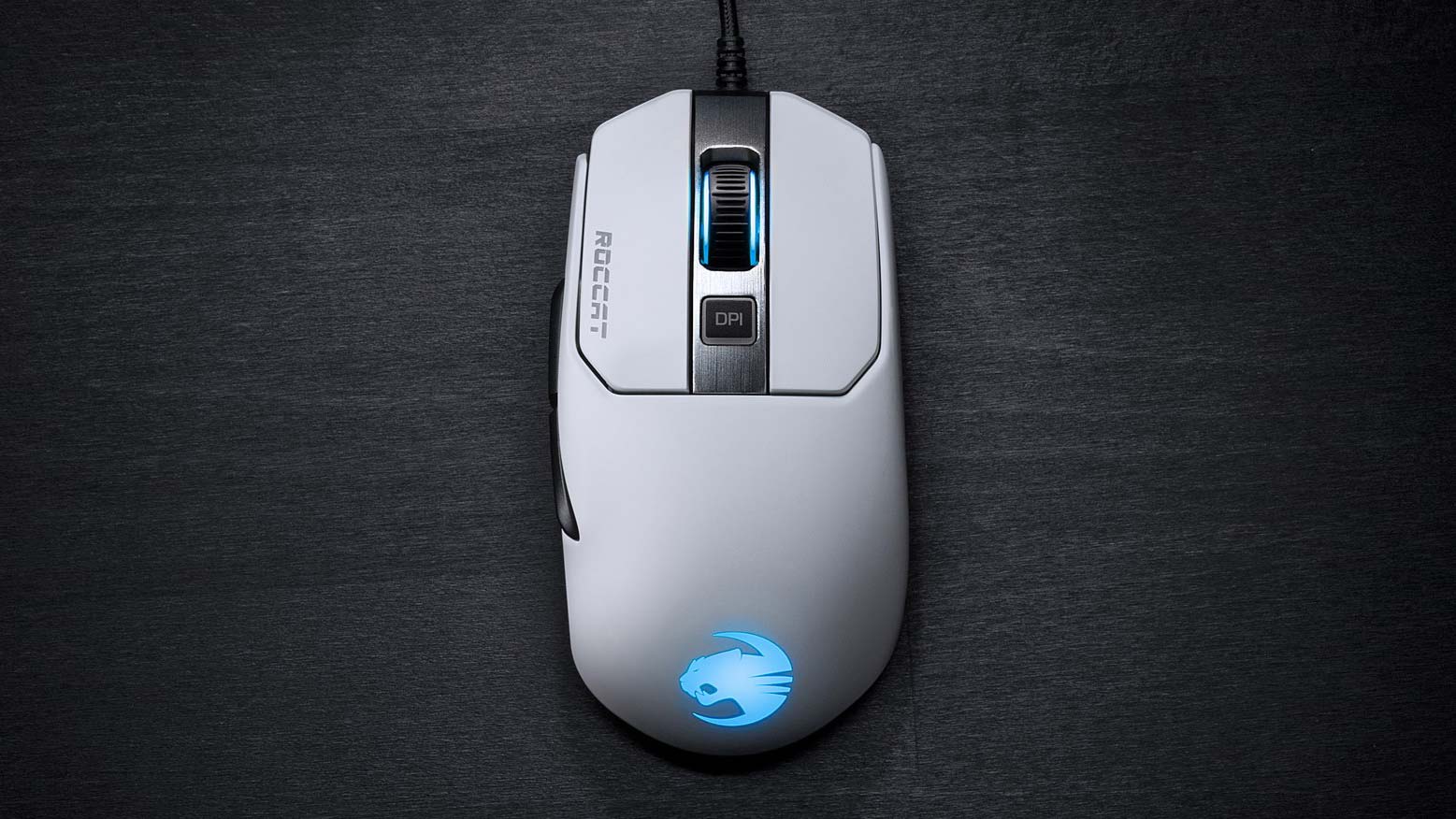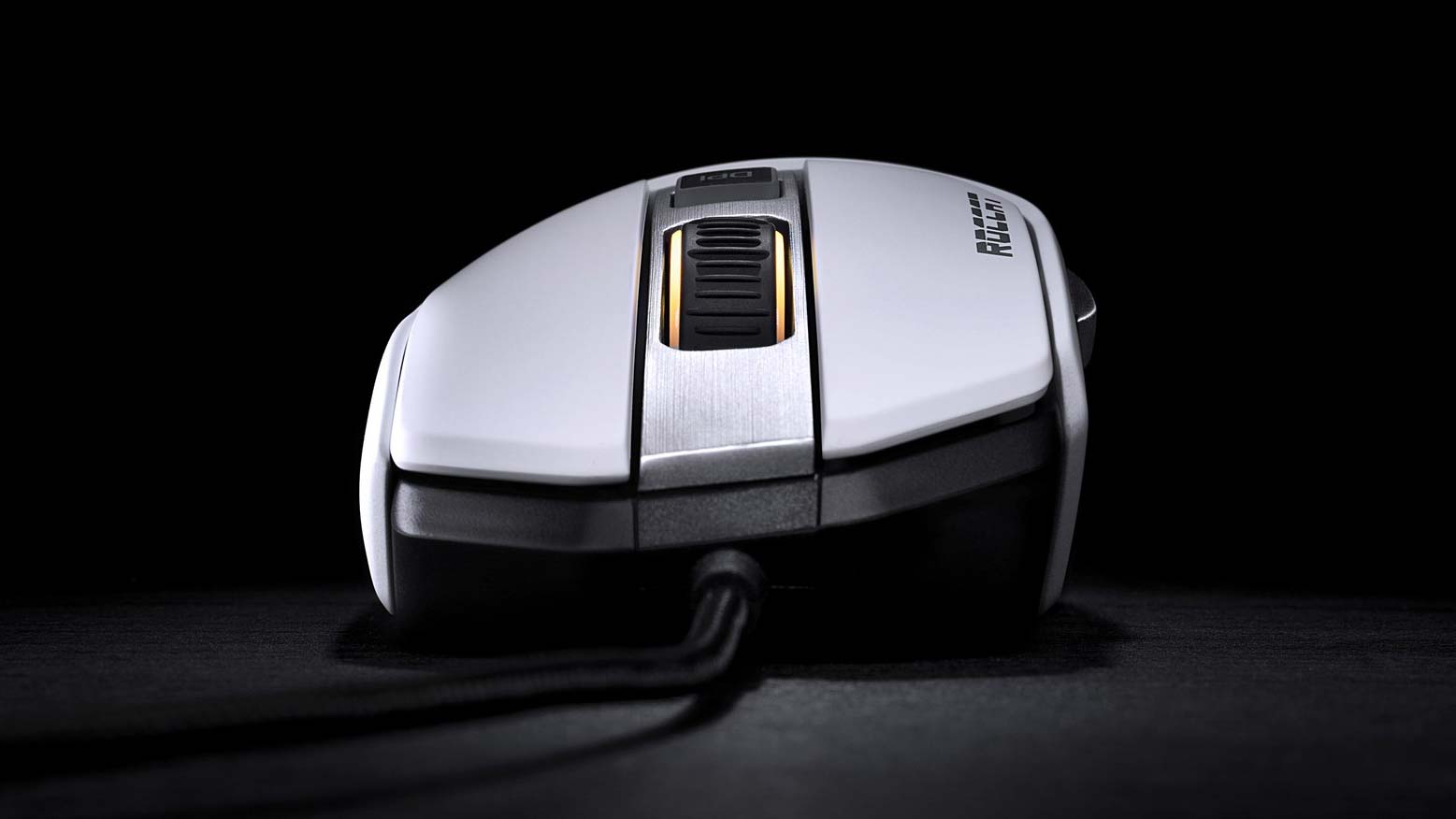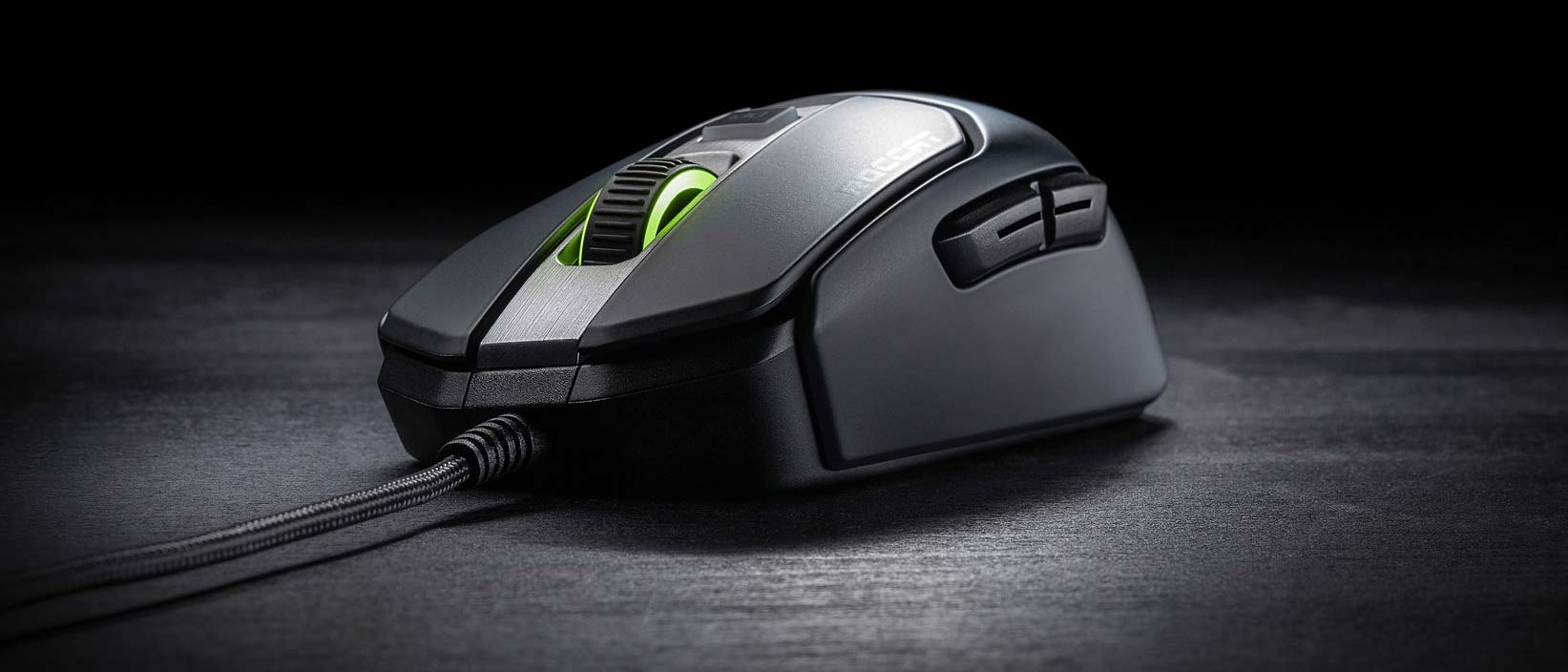Tom's Guide Verdict
The Roccat Kain 120 Aimo does exactly what it's supposed to do, for a price that's pretty much in line with the competition.
Pros
- +
Sleek design
- +
Good performance
- +
Colorful lighting
Cons
- -
Expensive
- -
No textured grips
- -
Few standout features
Why you can trust Tom's Guide
The Roccat Kain 120 Aimo ($70) is a perfectly good mouse. It's comfortable, it's well-designed and it performs well with just about any game you put in front of it. You get decent RGB lighting, an accurate sensor and software that lets you program the mouse buttons, but the Kain 120 lacks the standout features of the best gaming mice.
The Kain 120 Aimo does exactly what it's supposed to do, for a price that's pretty much in line with the competition. If you have other Roccat gear, this mouse will sync with it; if not, it's worth considering alongside half a dozen other comparable mice.
Design
The Kain 120 Aimo looks both elegant and subtle. This mouse is ergonomically shaped for right-handed users, but the upward curve is so slight that I didn't even notice it until I'd been playing for a few hours. There are no textured grips, however, so it's not quite as comfortable to hold as it could be.

On the other hand, the button layout is very smart. There are two thumb buttons, each of which provides a satisfying click. The left and right buttons are well-spaced and responsive, with a clickable scroll wheel and a dots-per-inch (DPI) sensitivity button in the middle. By gaming mouse standards, it's darn near minimalist.
Features
Like most other Roccat gear, the Kain 120 Aimo runs on the Roccat Swarm software. As gaming peripheral software goes, Swarm is imperfect, but it gets the job done. Both the software and firmware are a little hard to update, and the program crashed on me multiple times while I tried to do so.

Otherwise, the device does everything you'd expect from gaming peripheral software. You can reprogram the thumb buttons, adjust the lighting, customize DPI levels, and link games with custom profiles. Unfortunately, you can program only five profiles at a time. If you play more than five games regularly, you will have to save profiles, then drag and drop them into a cumbersome micromanagement menu. It's not a difficult process, but it is a tedious one, and competing programs let you link as many profiles as you want to.
However, you can store all five of these profiles on the mouse itself, meaning that you can use them on another computer without needing to install the Swarm software. It's a decent tradeoff if you play at tournaments or LAN parties often.
Performance
I ran the Kain Aimo 120 through tests in Overwatch, Age of Empires II: Definitive Edition and Thronebreaker: The Witcher Tales and Final Fantasy XIV; it performed well across the board. I could move and shoot; I could command armies; I could create card combos; I could manage a quest log. The mouse worked precisely as well as I expected it to.

Since there are no unusual button configurations or extra features, the Kain Aimo 120 is a good all-purpose mouse. The device doesn't favor one genre in particular. As such, I'd recommend it for everyday play, but if you specialize in one genre — particularly first-person shooter (FPS) or massively-multiplayer (MMO) gaming — it might be worth checking out alternatives first.
Bottom line
I liked the Kain 120 Aimo, but I find that I don't actually have that much to say about it. This mouse is a comfortable, functional, straightforward device that I think would be a very easy sell at $50. At $70, it's a little harder to justify, but Roccat products are generally built to last. You'll probably get your money's worth over the course of the next few years.
While the Kain 120 Aimo isn't a very exciting mouse, it does speak well of Roccat's overall design philosophy: solid, no-nonsense peripherals that deliver exactly what gamers need, without any extraneous bells or whistles. There are better mice out there in the same price range — the excellent SteelSeries Rival 600 and the Logitech G502 both cost $80 — but there are worse ones, too (the HP Omen Reactor springs to mind).
Marshall Honorof is a senior editor for Tom's Guide, overseeing the site's coverage of gaming hardware and software. He comes from a science writing background, having studied paleomammalogy, biological anthropology, and the history of science and technology. After hours, you can find him practicing taekwondo or doing deep dives on classic sci-fi.


